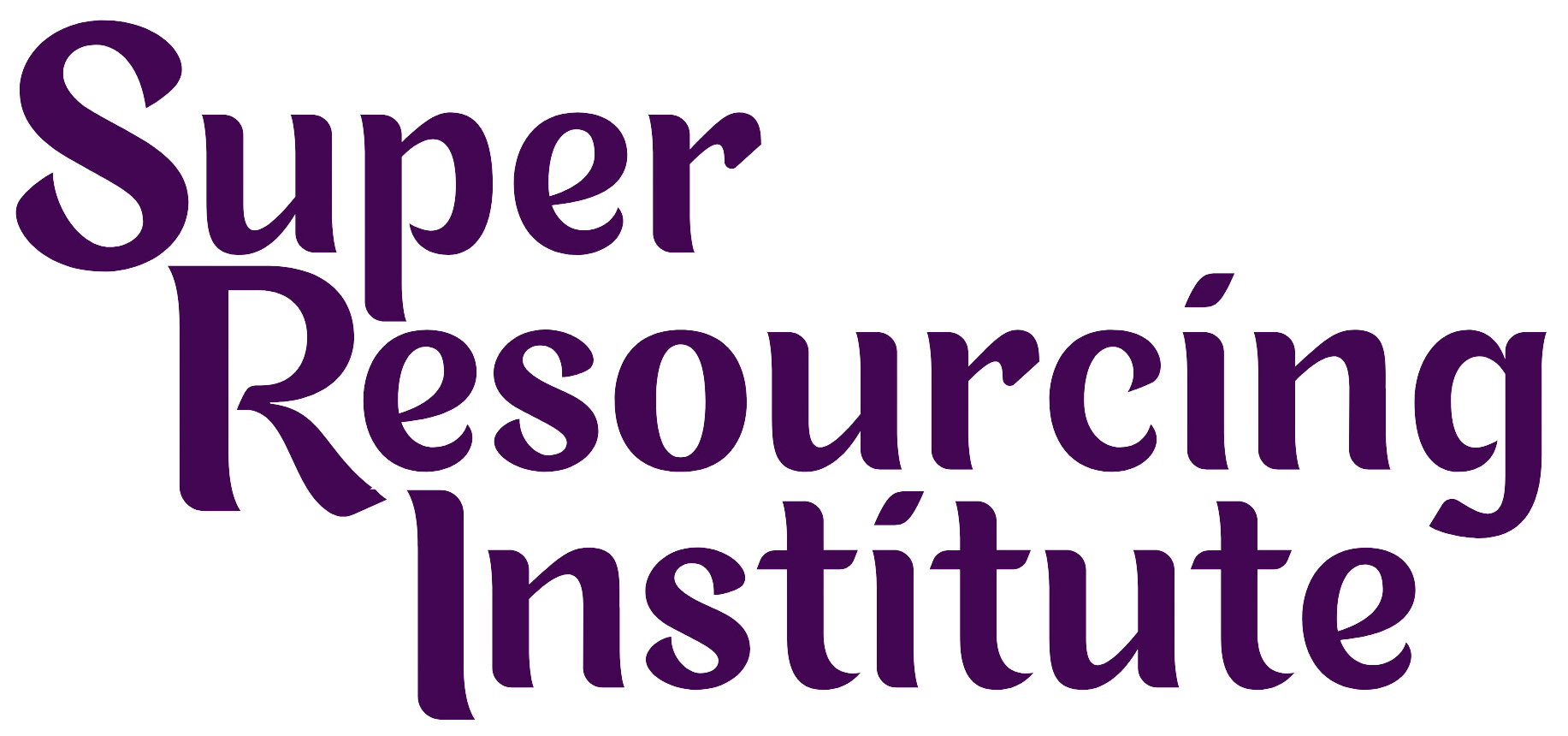About Super Resourcing
Super Resourcing is based on EMDR research and its theoretical underpinnings, but is turned “inside out.”
An effective EMDR session ends with a positive cognition installation whereas Super Resourcing starts with positive installations, i.e., targeting and processing positive images, sensations, emotions and cognitions. There is a large body of research on the power of positive imagery and visualization. It has been found that imagination has a direct influence on perception; positive imagery has the power to change the way we think about and experience trauma.
In a study conducted by the Karolinska Institutet, published in the scientific journal, Current Biology, the findings detail how imagination can alter mind-brain function. This finding, along with the conclusion of many mind / brain researchers, is the foundation of Super Resourcing. SR, however, takes positive imagery a step further; Adaptive Information Processing and Bilateral Stimulation potentiate the positive matrix and a more fully embodied and integrated positive network is neurologically developed.
A new paradigm
EMDR, as well as many other trauma methodologies, are based on the assumption that reprocessing traumatic memories is necessary for their resolution. Although this is an effective approach in many instances, SR provides an alternative for many clients; healing and resolution are possible without re-experiencing and reprocessing the original trauma.
SR frequently takes the trauma out of trauma work. Additionally, it opens the door for a wider range of clients — clients for whom EMDR is contraindicated due to poor ego strength or inability to self-regulate, as well as those suffering from more severe dissociation and fragmentation stemming from complex trauma.
Interested in learning how Super Resourcing can help your clients?
Super Resourcing Institute is proud to provide a wide range of trainings for clinicians at all levels of clinical experience, from basic training to certification. We offer two self-paced webinars hosted through our website, as well as consultation groups.
If you’d like to learn more about Super Resourcing, or if you would like to become a Certified SR Therapist, please feel free to contact us for additional information.
Conclusion
SR is based on the principles of EMDR and, by extension, has been the subject of comprehensive research as to its efficacy. SR relies on the Adaptive Information Processing (AIP) model which results in Rapid Free Association. SR expands the resource phase of EMDR and provides a way of reducing the trauma inherent in trauma processing. By resourcing the person who experienced the distress, one’s relationship to the distress is altered. Wounded parts that emerge in the session are fully resourced and invited into the positive field for attachment repair. Fully resourced clients experience greater well-being, more optimism, and more reliable personal agency when facing the challenges in their lives.
Both clients and clinicians report positive results; they feel that it augments the healing of attachment wounds and complex trauma in a time-efficient manner. It has also decreased the level of trauma experienced throughout the process of trauma work. SR is also a valuable methodology for non-EMDR clinicians, particularly those who serve clients in compromised circumstances, such as hospice pastors, nurses, teachers, and Human Resource employees.
Super Resourcing rests in the foundational research base of one or more aspects of EMDR, as well as the foundational research bases of the other disciplines that are referenced and integrated into it. These disciplines include the neurobiology of trauma, ego state psychology, attachment theory, and memory reconsolidation. Accepted by EMDRIA, EMDR Canada, and PESI, Inc., Super Resourcing is recognized as a research-based offering.
EMDRIA authorizes EMDR webinars and trainings that fall under three classifications: 1) Standard Protocol, 2) Integrative Protocol, and 3) Innovative Protocol. Each of these three protocols may contain elements of one or more classifications. EMDRIA recognizes Super Resourcing as an Integrative Protocol.
